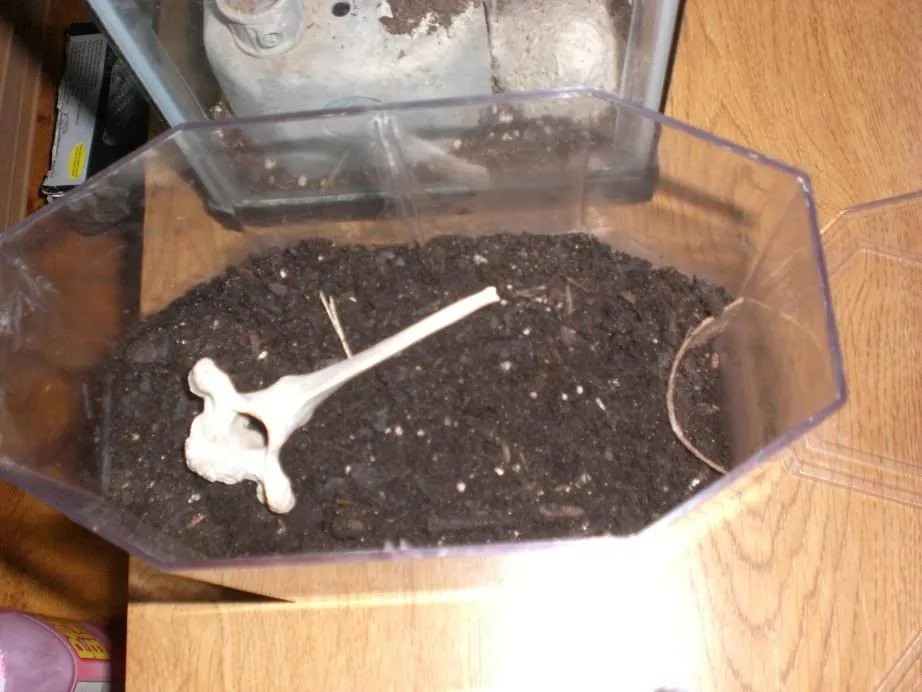What is the Best Tarantula Substrate Mix
Choosing the best tarantula substrate mix is crucial for the health and well-being of your eight-legged friend. The right substrate provides the necessary environment for your tarantula to thrive, helping to regulate humidity, facilitate burrowing, and offer a comfortable habitat. A well-chosen substrate can also make cleaning easier and minimize unpleasant odors. With a multitude of options available, ranging from natural materials to commercially prepared mixes, the decision can be overwhelming. This guide aims to simplify the selection process, providing insights into the top choices and how to create the perfect environment for your tarantula.
Importance of Substrate Mix for Tarantulas
The substrate is more than just bedding; it’s a vital component of a tarantula’s ecosystem. It plays a critical role in maintaining proper humidity levels, which are essential for their molting process and overall health. Many tarantula species are burrowers, and the substrate provides the necessary material for creating and maintaining their burrows, offering security and a natural environment. The substrate also acts as a buffer, absorbing waste and helping to regulate the temperature within the enclosure. A suitable substrate mix also contributes to the aesthetic appeal of the enclosure, allowing you to create a visually pleasing habitat that mimics the tarantula’s natural environment.
Top 5 Best Tarantula Substrate Mix Choices

Selecting the right substrate is a key step in tarantula care. Here are the top 5 best tarantula substrate mix choices, considering factors like moisture retention, burrowing ability, and ease of maintenance. Each option offers unique benefits and considerations, allowing you to tailor the substrate to your tarantula’s specific needs. Remember to always research the specific requirements of your tarantula species when making your selection.
Mix 1 Coco Fiber
Coco fiber, derived from coconut husks, is a popular and versatile substrate choice. It’s readily available, affordable, and offers excellent moisture retention. Its natural properties help to keep humidity levels consistent, making it a great option for many tarantula species. Coco fiber also has good drainage, which helps prevent mold and fungal growth. It is a clean and relatively inert material, reducing the risk of introducing harmful pests or chemicals into your tarantula’s enclosure. This makes it a safe and effective choice for beginners and experienced keepers alike.
Benefits of Coco Fiber Substrate
Coco fiber is known for its superior moisture retention capabilities, crucial for maintaining the humidity levels many tarantulas require, particularly tropical species. It naturally resists mold and fungal growth due to its inherent properties and good drainage, promoting a healthy enclosure environment. Its texture allows for easy burrowing for species that enjoy creating tunnels and hideaways, providing a sense of security and comfort. This substrate is also relatively inexpensive and readily available, making it a practical choice for many pet owners. Its neutral pH and lack of significant nutrients reduce the risk of attracting unwanted pests.
How to Use Coco Fiber in Your Mix
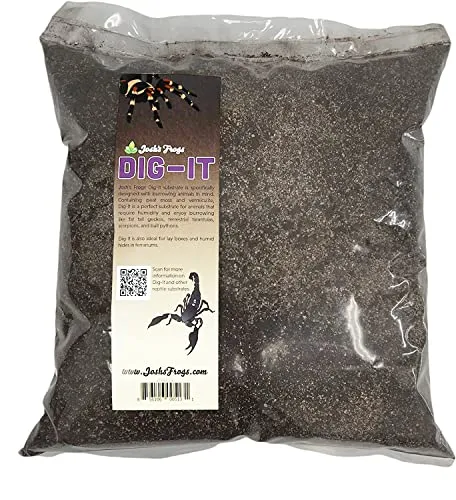
Coco fiber often comes in compressed bricks that expand when water is added. To prepare it, simply add warm water until it reaches a slightly damp consistency, resembling well-wrung-out sponge. Avoid making it too soggy, as this can lead to mold and bacterial growth. You can use coco fiber as a standalone substrate or mix it with other materials, like sphagnum moss or vermiculite, to enhance its properties. The depth of the substrate should be appropriate for the species, with burrowing tarantulas requiring a deeper layer to create their burrows. Regularly monitor the humidity levels and mist the substrate as needed to maintain the correct moisture balance.
Mix 2 Sphagnum Moss
Sphagnum moss is another excellent choice, especially for tarantulas that require high humidity. It is naturally absorbent and retains moisture effectively, making it a great option for species that thrive in humid environments. Sphagnum moss also has antifungal properties, which helps maintain a healthy enclosure. Its natural appearance can also enhance the aesthetic of the enclosure, providing a more naturalistic environment for your tarantula. Make sure to source clean, pesticide-free sphagnum moss to ensure the safety of your pet. Using sphagnum moss allows for the creation of microclimates within the enclosure, providing varying humidity levels to meet the needs of different tarantula species.
Benefits of Sphagnum Moss Substrate
Sphagnum moss excels at retaining moisture, making it an ideal choice for tarantulas that need high humidity levels, particularly those from tropical regions. It provides a natural, aesthetically pleasing look to the enclosure, enhancing the habitat’s visual appeal. Its antifungal properties help maintain a healthy environment by reducing the risk of mold and bacterial growth. This substrate is also excellent for burrowing, providing structure and allowing tarantulas to create secure, comfortable spaces. Sphagnum moss is a natural material, and it can be used in conjunction with other substrates to enhance moisture and humidity management.
How to Use Sphagnum Moss in Your Mix
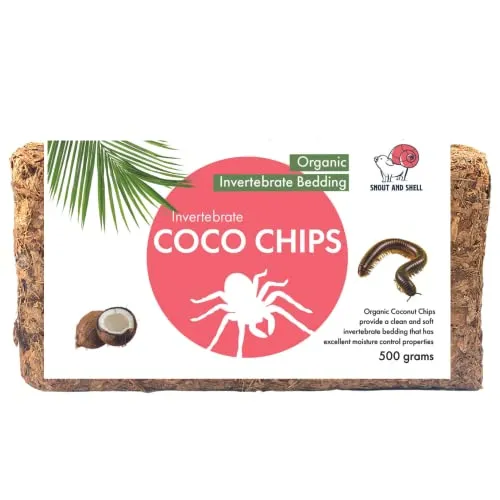
Before use, sphagnum moss should be rinsed thoroughly to remove any dust or debris. Gently squeeze out excess water to prevent the substrate from becoming waterlogged, which can promote mold. You can use sphagnum moss as a top layer to enhance humidity or mix it with other substrates like coco fiber or vermiculite to create a balanced blend. Ensure the moss is kept consistently damp but not soaking wet. Spot clean and replace any moldy or soiled patches to maintain a clean and healthy environment. Regular monitoring and maintenance are crucial for ensuring the longevity and effectiveness of the substrate.
Mix 3 Vermiculite
Vermiculite is a mineral that is excellent at absorbing and retaining water, making it a good choice for humidity control. It is lightweight and provides good aeration, which helps prevent compaction and allows for proper drainage. Vermiculite is also inert and does not break down easily, making it a durable option. While it doesn’t support burrowing as well as other substrates, it is still a valuable addition to a substrate mix, particularly when combined with coco fiber or potting soil. Always choose horticultural-grade vermiculite, which is free from additives and safe for use with animals.
Benefits of Vermiculite Substrate
Vermiculite is prized for its exceptional water retention capabilities, contributing significantly to humidity control within the enclosure. It offers good aeration, preventing compaction and promoting healthy drainage, which helps in keeping the environment clean. This substrate is also chemically inert and non-toxic, ensuring the safety of your tarantula. It’s lightweight, making it easier to handle and maintain. It can be mixed with other substrates to improve the overall properties of the habitat, adding to its versatility in use.
How to Use Vermiculite in Your Mix
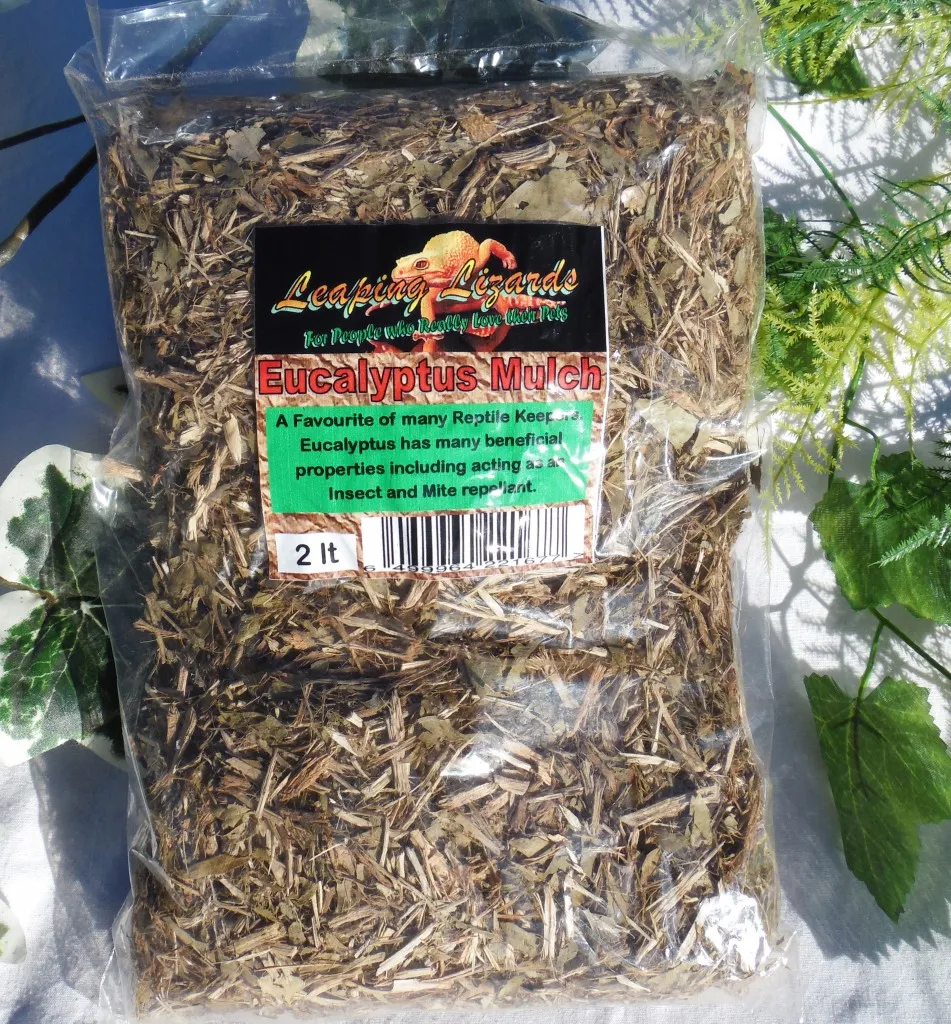
Vermiculite can be used as a standalone substrate, but it is often more effective when mixed with other materials like coco fiber or potting soil. To use vermiculite, simply moisten it with water until it is damp but not soggy. The proper moisture level will allow it to maintain humidity without causing the substrate to become waterlogged. Monitor the moisture level regularly and adjust the amount of water as needed. When incorporating vermiculite into a substrate mix, use it in a proportion that complements the other components, typically around 20-30%, depending on the specific needs of the tarantula species and the desired humidity levels.
Mix 4 Potting Soil
Potting soil can be used as a substrate, particularly for terrestrial species that appreciate a more naturalistic environment. It provides good drainage and allows for burrowing, making it suitable for many species. However, it’s important to select a potting soil that is free from fertilizers and pesticides, as these can be harmful to tarantulas. Sterilized potting soil is generally a safer choice. Mixing potting soil with other materials like coco fiber or sand can improve drainage and humidity control, providing a balanced environment. Remember to monitor the soil’s moisture level and replace it regularly to prevent the build-up of waste and potential contamination.
Benefits of Potting Soil Substrate
Potting soil allows for excellent burrowing, creating a naturalistic environment that encourages the tarantula’s natural behaviors. It provides good drainage, helping to prevent the substrate from becoming waterlogged. It is a readily available and affordable option, making it a practical choice for many keepers. Potting soil also enhances the aesthetic appeal of the enclosure by creating a more natural look, simulating the tarantula’s native habitat. It is suitable for a range of tarantula species that thrive in environments that mimic the natural conditions found in their natural habitats.
How to Use Potting Soil in Your Mix
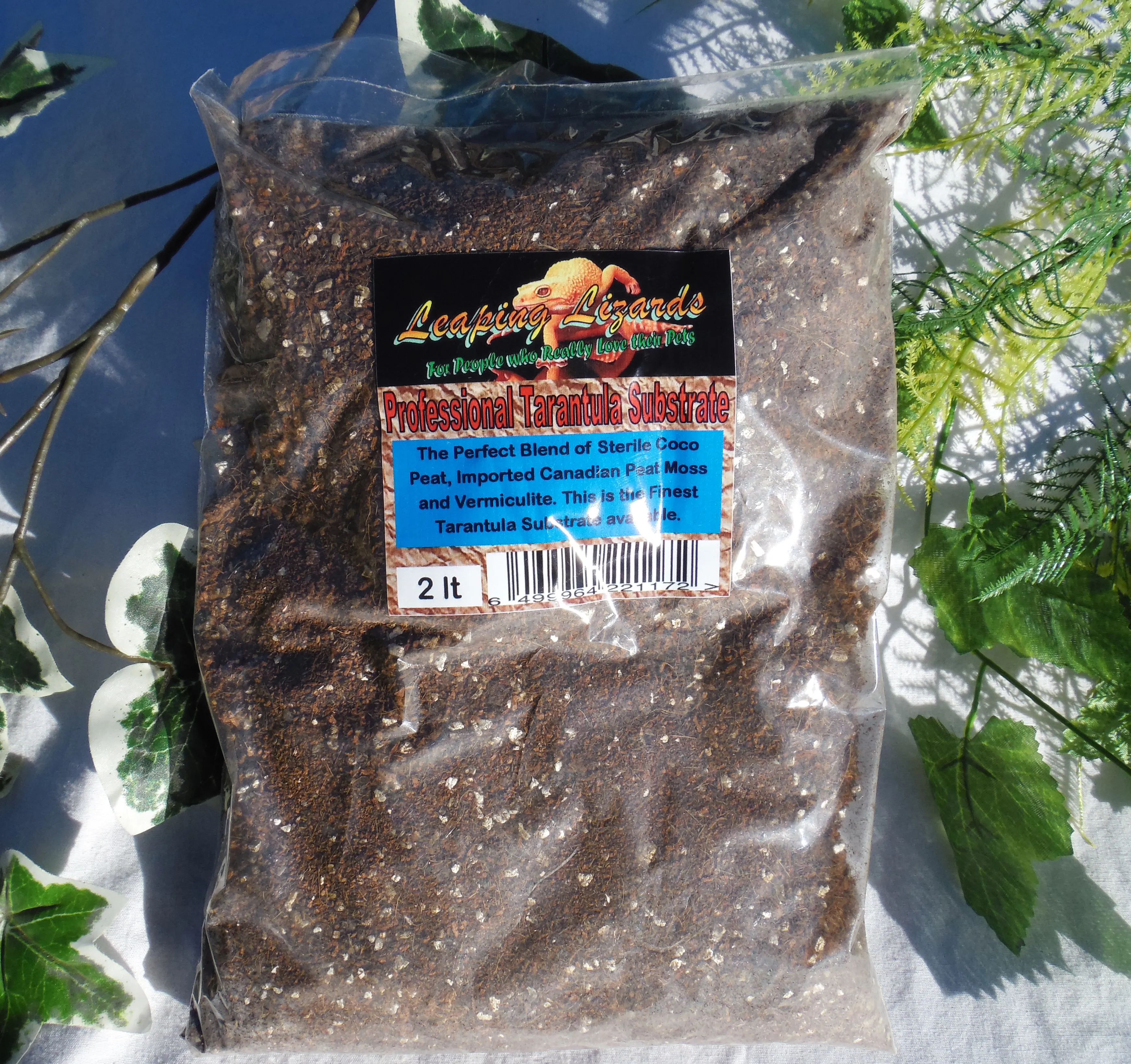
When using potting soil, make sure it is free from fertilizers, pesticides, and other additives that could harm your tarantula. Sterilized potting soil is highly recommended. Mix the potting soil with other materials such as coco fiber, sand, or vermiculite to improve drainage and humidity control. The depth of the substrate should be appropriate for the species, typically allowing for burrowing and providing a sense of security. Keep the substrate lightly moist, and spot clean regularly, removing waste and any uneaten food to maintain a clean and healthy environment. Periodic complete substrate changes are essential to prevent the build-up of waste and contaminants.
Mix 5 Sand
Sand is a suitable substrate choice for certain arid species of tarantulas, such as those from desert environments. It provides excellent drainage and allows for burrowing, which is ideal for species that naturally dig. However, sand doesn’t retain moisture well, so it should only be used for species that require a dry environment. Avoid using calcium sand, as this can be ingested by tarantulas and cause impaction. Choose a reptile-safe play sand or a substrate specifically designed for arid-dwelling invertebrates. Mixing sand with a small amount of coco fiber can help provide some humidity and structure for burrowing. Ensure the sand is kept clean and regularly replaced to prevent the build-up of waste and bacteria.
Benefits of Sand Substrate
Sand is ideal for arid species, providing excellent drainage and preventing the build-up of moisture. It allows tarantulas to burrow naturally, fulfilling their instinctive behaviors. Sand is relatively inexpensive and readily available. Its use can create a habitat that closely resembles the natural environment of desert-dwelling tarantulas. The right sand provides the necessary structural integrity for burrow construction and stability.
How to Use Sand in Your Mix
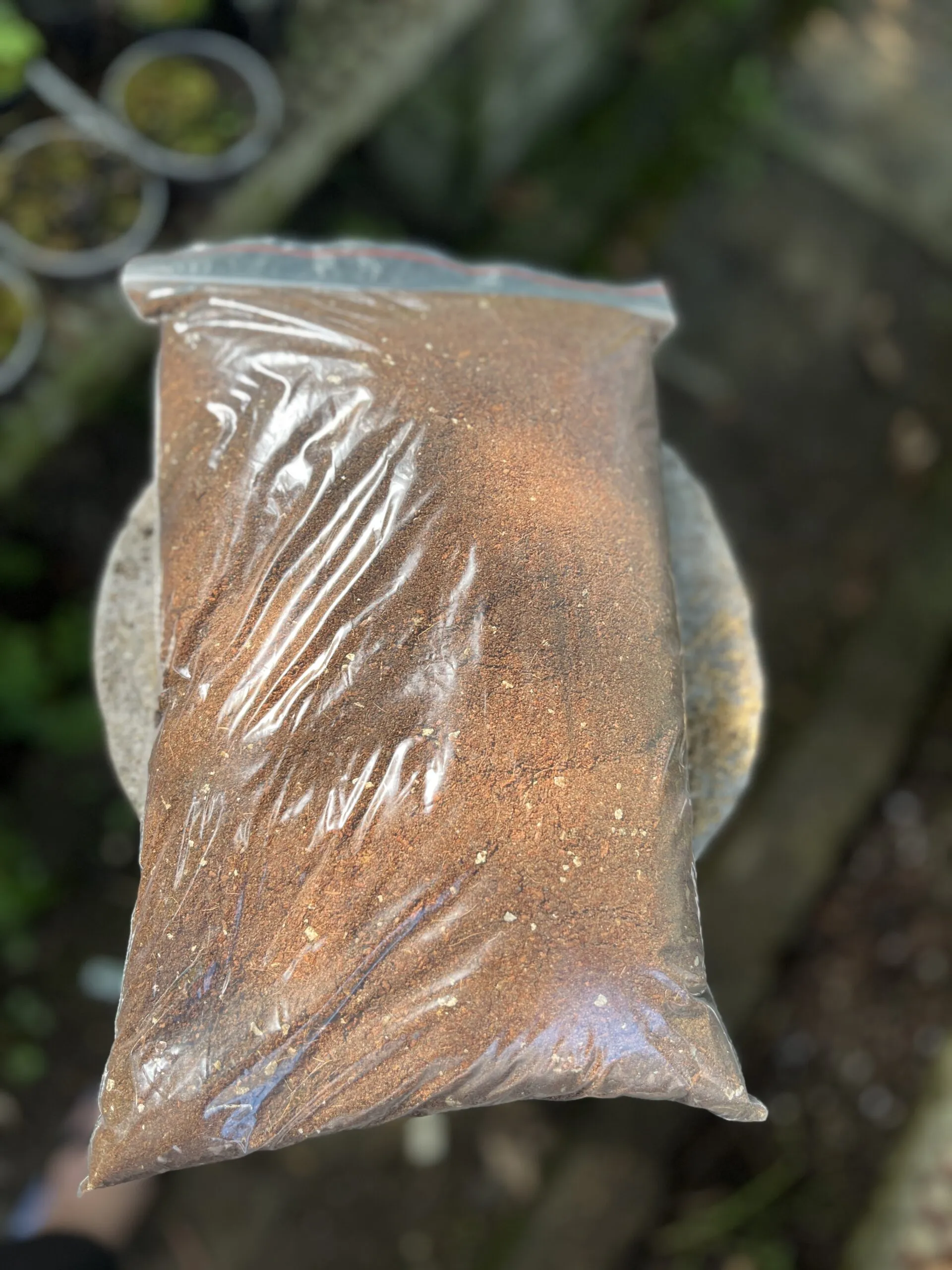
Choose reptile-safe play sand or a substrate specifically designed for arid environments. Avoid calcium sand to prevent impaction. You can use sand as a standalone substrate for species that require dry conditions or mix it with a small amount of coco fiber or other moisture-retaining materials. Keep the sand dry and clean, regularly removing waste and uneaten food to prevent bacterial growth. Ensure the depth of the sand allows for natural burrowing behavior. Monitor humidity levels closely and adjust the enclosure’s environment accordingly.
Creating the Perfect Substrate Mix
Creating the perfect substrate mix involves understanding the specific needs of your tarantula species and considering factors such as humidity, burrowing behavior, and drainage. A well-balanced mix often combines several materials to achieve the desired properties. For example, coco fiber and sphagnum moss can be combined for excellent humidity retention, while vermiculite can be added to improve moisture control and drainage. Experimenting with different ratios and materials can help you find the ideal substrate for your tarantula’s specific needs. Remember to always prioritize the health and well-being of your pet.
Factors to Consider When Choosing a Substrate Mix
Several factors should be considered when choosing the right substrate mix. The humidity requirements of your tarantula species are paramount, with some species needing high humidity and others preferring dry environments. The species’ burrowing behavior is also essential; if your tarantula is a burrower, the substrate should allow for tunnel construction and stability. Drainage is critical to prevent mold and fungal growth, and the chosen materials should facilitate proper drainage. Ease of maintenance, including cleaning and replacement, is also an important consideration. The aesthetics of the substrate can enhance the habitat’s visual appeal, making it more attractive. Finally, the availability and cost of the materials should be factored in, balancing effectiveness and practicality.
Humidity Requirements
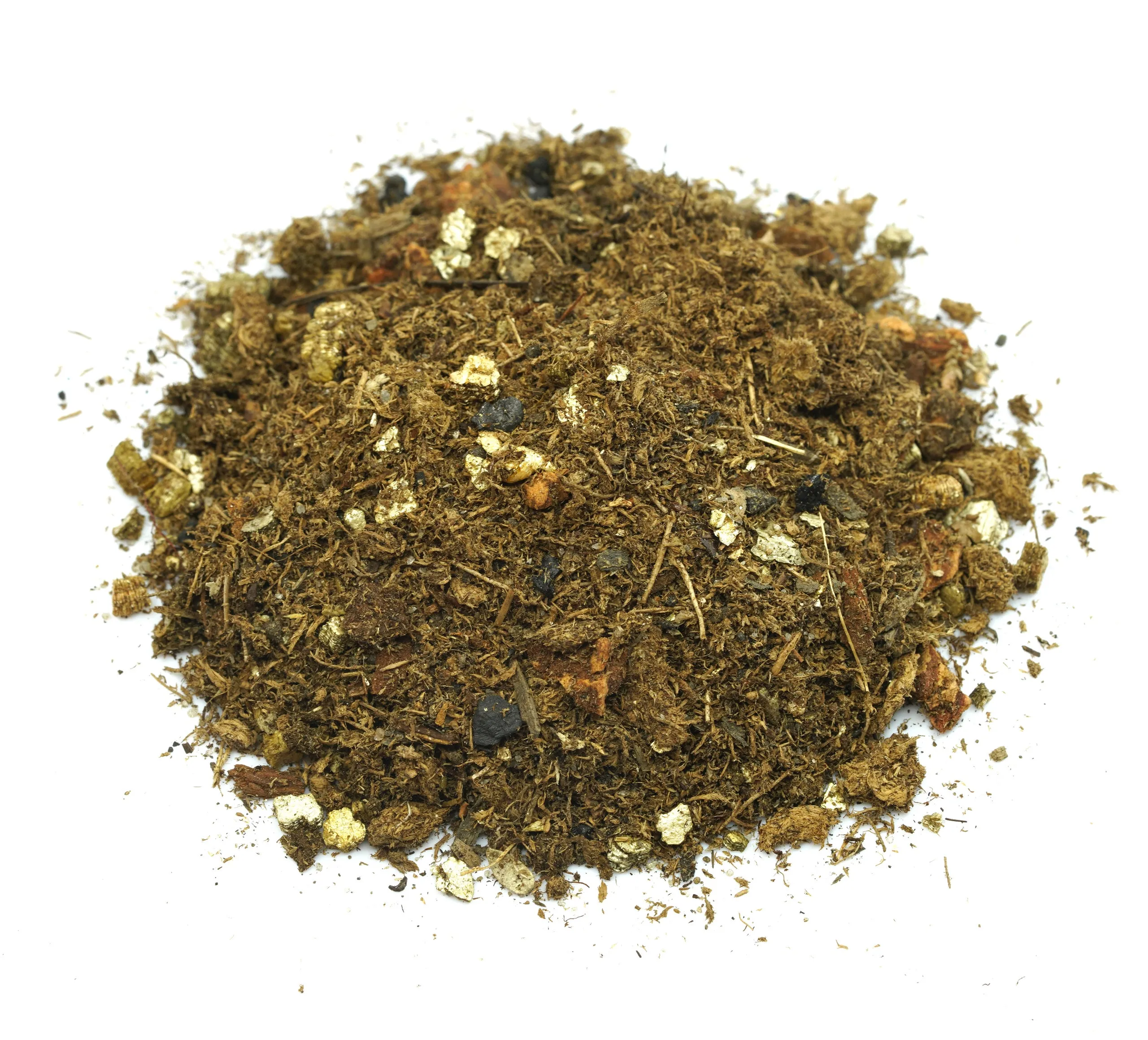
The humidity needs of your tarantula are the most critical factor in substrate selection. Tropical species often require high humidity (70-80%), which can be achieved using substrates like coco fiber, sphagnum moss, or a mix of both. Arid species, on the other hand, need low humidity (40-60%), which can be provided with sand or a mix of sand and coco fiber. Researching the specific humidity requirements of your tarantula species is essential for ensuring its health and well-being. Use a hygrometer to monitor the humidity levels inside the enclosure and adjust the substrate and ventilation as needed to maintain the correct range.
Burrowing Needs
Many tarantula species are natural burrowers, and the substrate should facilitate this behavior. Coco fiber, potting soil, and sand, either alone or in combination, provide excellent opportunities for burrowing. The substrate should be deep enough to allow the tarantula to create tunnels and hideaways, offering a sense of security and a natural environment. The texture of the substrate should allow for tunnel construction and stability. Provide a sufficient depth of substrate based on the species’ needs; the depth required will vary according to the size and behavior of the tarantula.
Maintenance of Your Tarantula’s Substrate Mix
Maintaining your tarantula’s substrate mix is crucial for its health and the longevity of the enclosure. Regular cleaning, including the removal of uneaten food and waste, is essential to prevent the build-up of bacteria and mold. The substrate should be monitored for moisture levels, ensuring it remains within the appropriate range for your tarantula species. The frequency of replacement depends on the substrate type, the tarantula’s size, and the level of contamination. Performing routine maintenance ensures the enclosure remains a healthy and suitable environment for your pet.
Cleaning and Replacing the Substrate
Spot cleaning the substrate involves removing any visible waste, uneaten food, and old molts, typically weekly. The frequency of cleaning depends on the size of your tarantula, the type of substrate, and the amount of waste produced. Replace the substrate periodically, typically every six to twelve months, or sooner if signs of mold, excessive waste build-up, or pests are observed. When replacing the substrate, remove all the old material and thoroughly clean the enclosure with a reptile-safe disinfectant. Allow the enclosure to dry completely before adding the new substrate and reintroducing your tarantula.
Common Mistakes to Avoid
Several common mistakes can impact the health of your tarantula. Overwatering the substrate can lead to mold growth and respiratory problems. Using substrates with fertilizers or pesticides can be toxic to your pet. Insufficient ventilation can lead to poor air quality and increased humidity, which can cause mold and other health issues. Using the wrong substrate for your tarantula species’ needs can result in discomfort and health problems. Not providing adequate depth for burrowing species can limit their natural behaviors and cause stress. Always research your specific tarantula species’ needs and consult with a knowledgeable expert for guidance.
In conclusion, selecting the best tarantula substrate mix is an important part of providing proper care for your pet. Consider the top 5 choices and the factors that influence the habitat, and your pet will remain happy and healthy. With careful consideration and diligent maintenance, you can create a thriving environment that will support your tarantula’s health and well-being.
